Waste management is an increasingly visible and essential element to functioning civilization. However, while the theory of waste management is studied widely, waste management remains for many a difficult concept to understand. There is an opportunity to create an informative, easy-to-use simulator to help all types of individuals build an understanding of waste management and to evaluate the impact of various changes on waste management performance, particularly in the context of gamified tools.
- waste management
- gamified tools
- gamification
- Key Performance Indicators
- Strategy Development
- Simulation
- Modelling
- Environmental Performance
- Unified Metrics
- Urban Development
- Green City
1. Introduction
2. History
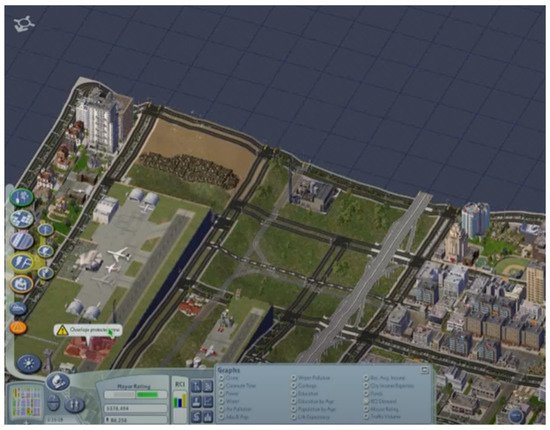
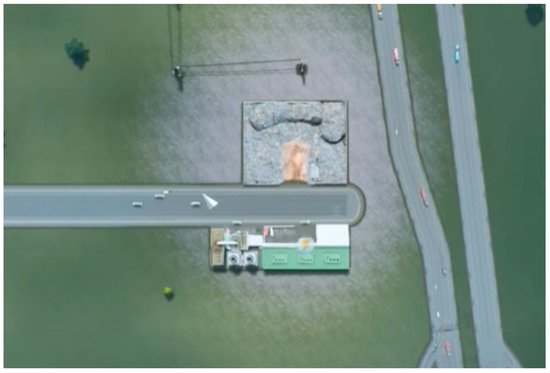
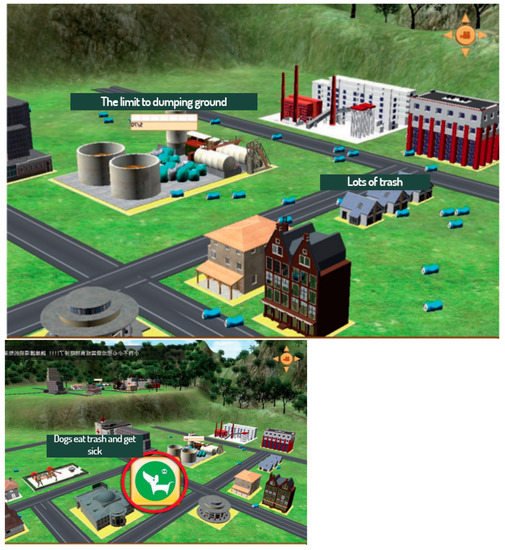
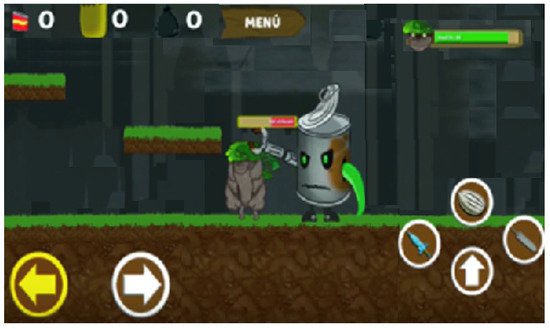
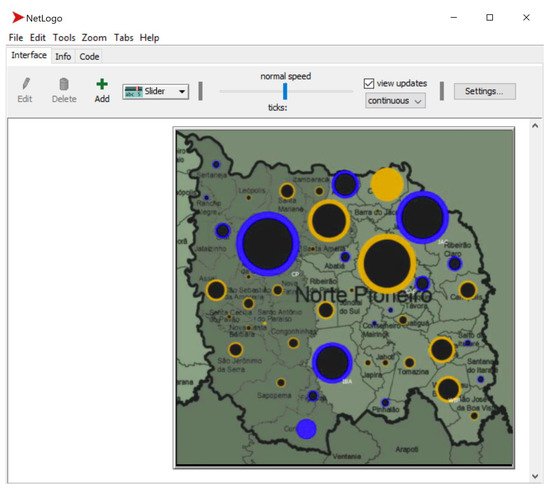
| Commercial Games /Research Tools |
Information about Waste Management Systems |
|---|---|
| SimCity 4 | All waste lumped as “garbage” |
| Multiple disposal avenues (Landfill, Recycling, Waste-to-Energy) |
|
| Waste accumulation reported though desirability reports, Mayor Rating |
|
| Cities: Skylines | All waste lumped as “garbage” |
| Multiple disposal avenues (Landfill, Recycling, Incinerator, Waste Processing, …) |
|
| Waste accumulation reported though feedback bubbles |
|
| Wu and Huang’s Research Tool [6] |
All waste lumped as “garbage” |
| Multiple disposal avenues (Waste Product Dump, Incinerator, Environment Factory, Trading Companies) |
|
| Waste accumulation reported though reports of garbage-driven natural disasters |
|
| Wood of War | Multiple waste monsters found with varied garbage piles |
| Waste disposed of by defeating monsters Real-world waste reported through GPS tags |
|
| Real-world waste build-up is communicated to developers, authorities |
|
| NetLogo | All waste types lumped |
| Sociotechnical approach for complex waste management and decision-making |
|
| Waste management parameters (agents) executed serially. Empirical calibration necessary to mirror real-world scenarios. |
3. Current Status
The main scene is the interactive core of this application. It features an imaginary virtual city with population of 100,000 people that is comprised of nine areas laid out in a 3 × 3 matrix (Figure 7). Each area has unique and distinct parameters that may be randomly defined or tuned related to waste generation and management. When the main scene is loaded, the player camera moves from a close-up view to a top-down perspective to allow an overview of the entire city in a single window. From this top-down view, players are able to select and engage with the various interactive areas and elements of the city.
Upon loading the main scene, each area is automatically assigned with a random population number out of specific options. These options are 1500, 2000, 5000, 6500, 7000, 10,000, 18,000, 20,000, and 30,000 to sum to 100,000. The total population of 100,000 people helps to simplify calculations for the user. The graphics and the building models including houses do not reflect the numbers of the area population assigned but are representative and increase user engagement and relatability. In Figure 7, the population of Area11 was automatically set to 2000 people by the tool. The rest areas were assigned with each area having the value of one of the remaining choices from the options list.
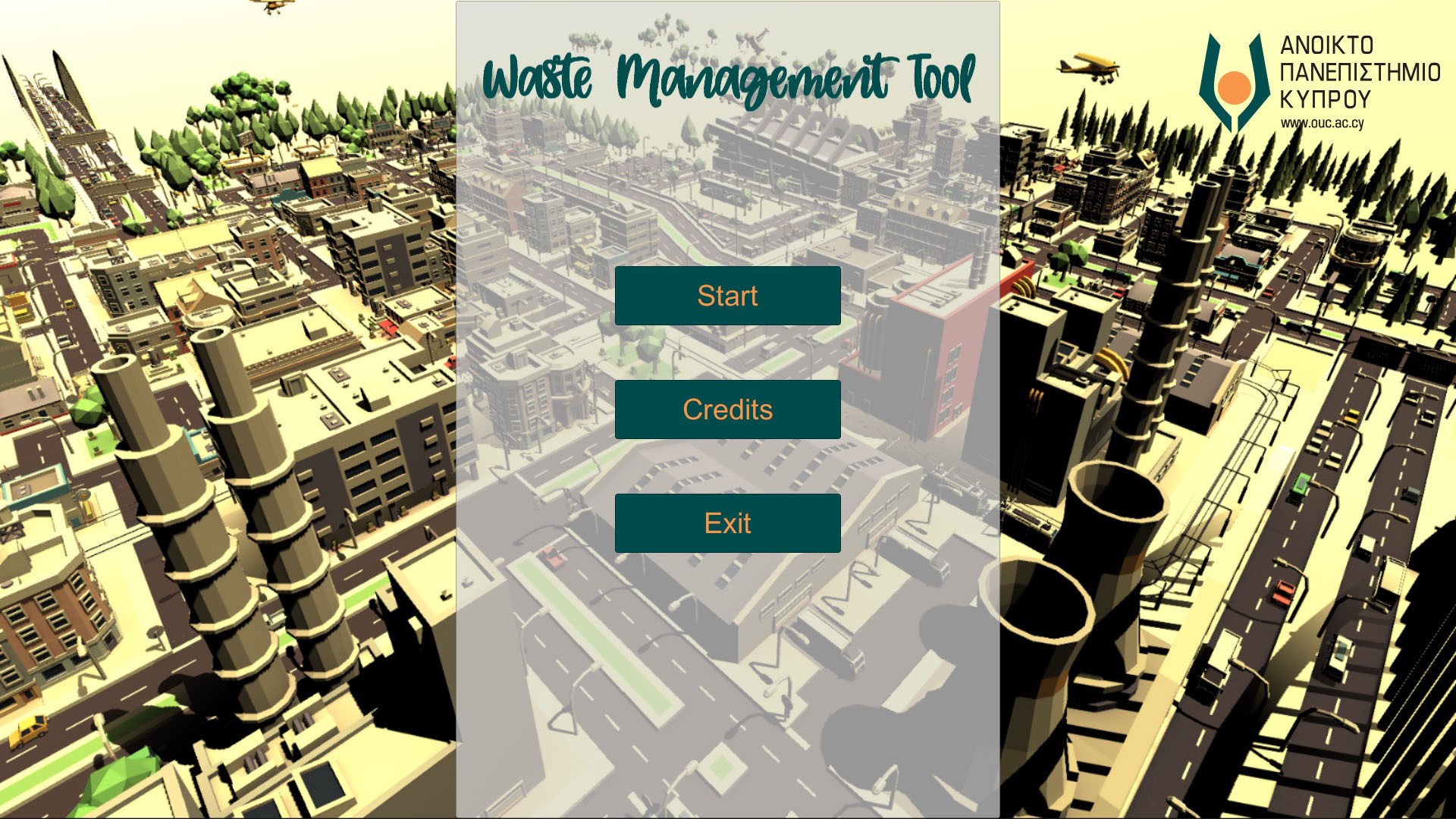
Figure 6. The Waste Management Tool’s main menu allows players to start the simulator, view the credits, or exit the game.
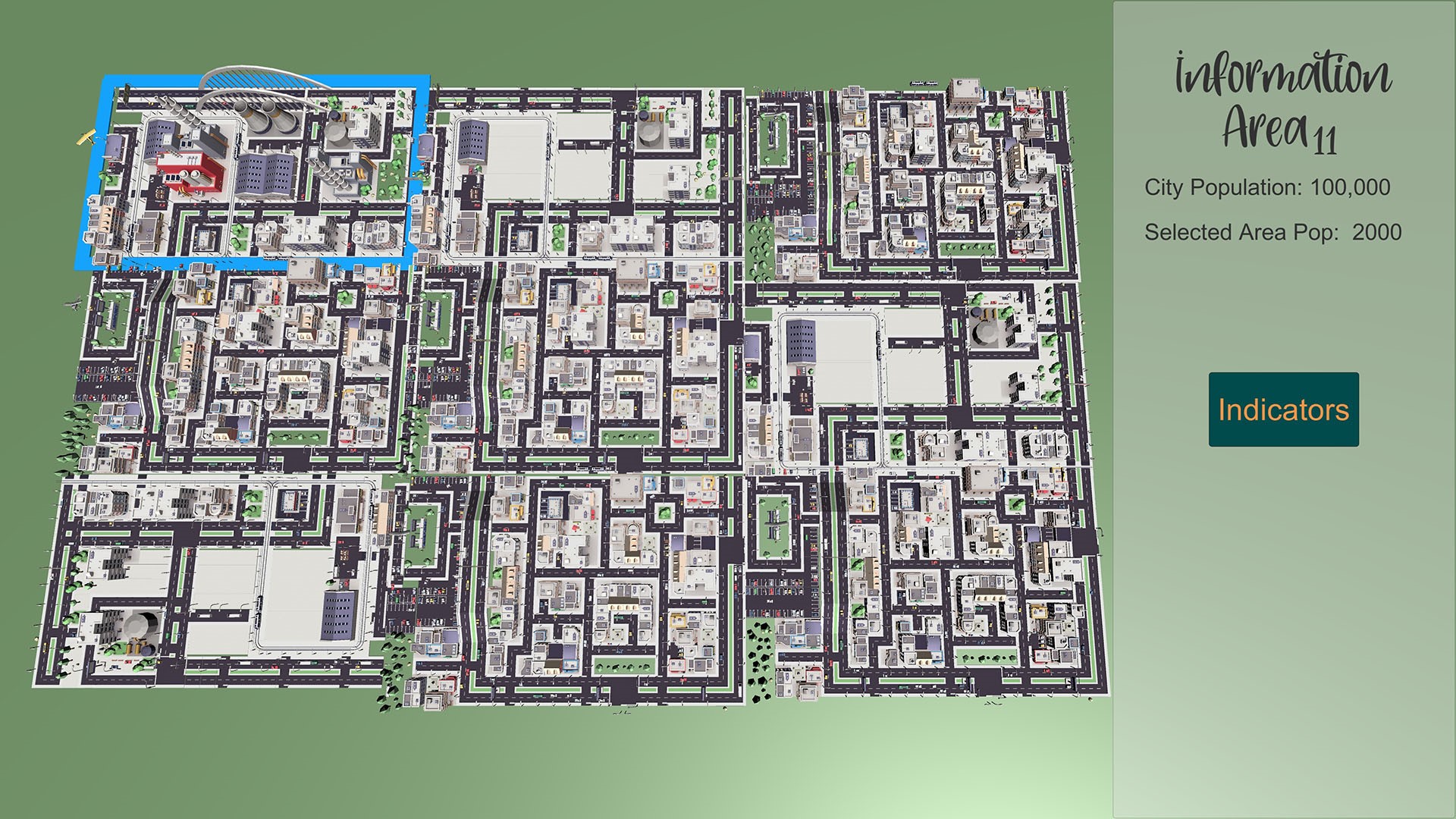
Figure 7. The Main Scene features a top-down view of the city, divided into nine parts. Each part can be highlighted, selected, and clicked to view information about waste management KPIs and policies in that region.
Having selected a specific area of the virtual city, the users may press the “Indicators” button on the right side of their screen. After doing so, a panel with the indicators (Figure 8) for the selected area appears.
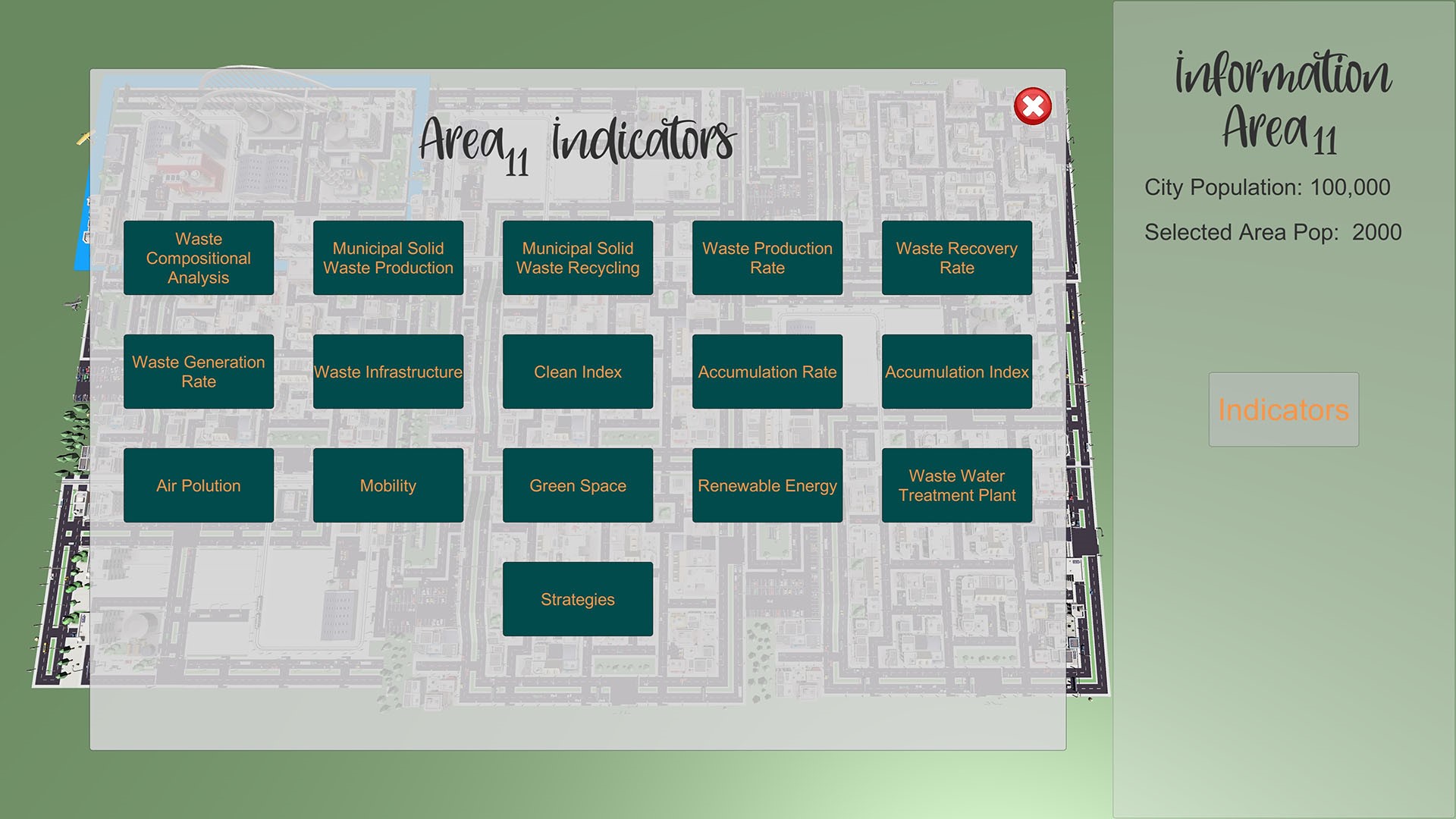
Figure 8. Key performance indicators for each region are shown on a dashboard to provide a high-level, easily interperable overview of waste management performance.
Table 2. Waste Compositional Analysis categories for a population of 100,000 people and possible range in tn for each of the categories (figures per [11]). This table is used only for designing purposes and its amounts were later scaled to express the upper and lower bounds of each of the area population options.
|
Categories of Waste |
Scaled Est. Amount (tn) |
Range (tn) |
|
PMD |
7639 |
5000–10,000 |
|
Plastic Film |
3588 |
2000–5000 |
|
Plastics Non-Recyclable |
1835 |
1000–3000 |
|
Aluminium/Ferrous |
682 |
500–1000 |
|
Paper |
8572 |
6000–10,000 |
|
Glass |
4327 |
3000–5000 |
|
Toilet and Kitchen Paper |
9652 |
8000–11,000 |
|
Food Waste (edible) |
12,055 |
10,000–14,000 |
|
Food Waste (inedible) |
4091 |
3000–5000 |
|
Organic Waste (Green Waste, Yard Waste) |
22,243 |
20,000–25,000 |
|
Others |
6494 |
5000–7000 |
Table 3. The Lower and Upper Bounds for each of the categories for all population options. These values were scaled based on the range from Table 15.
|
Population: 1500 |
Population: 2000 |
Population: 5000 |
Population: 6500 |
Population: 7000 |
Population: 10,000 |
Population: 18,000 |
Population: 20,000 |
Population: 30,000 |
||||||||||
|
Lower Bound |
Upper Bound |
Lower Bound |
Upper Bound |
Lower Bound |
Upper Bound |
Lower Bound |
Upper Bound |
Lower Bound |
Upper Bound |
Lower Bound |
Upper Bound |
Lower Bound |
Upper Bound |
Lower Bound |
Upper Bound |
Lower Bound |
Upper Bound |
|
|
PMD |
750 |
1500 |
100 |
200 |
250 |
500 |
325 |
650 |
350 |
700 |
500 |
1000 |
900 |
1800 |
1000 |
2000 |
1500 |
3000 |
|
Plastic Film |
300 |
750 |
40 |
100 |
100 |
250 |
130 |
325 |
140 |
350 |
200 |
500 |
360 |
900 |
400 |
1000 |
600 |
1500 |
|
Plastic Non Recyclable |
150 |
450 |
20 |
60 |
50 |
150 |
65 |
195 |
70 |
210 |
100 |
300 |
180 |
540 |
200 |
600 |
300 |
900 |
|
Aluminun/ Ferrous |
75 |
150 |
10 |
20 |
25 |
50 |
32 |
65 |
35 |
70 |
50 |
100 |
90 |
180 |
100 |
200 |
150 |
300 |
|
Paper |
900 |
1500 |
120 |
200 |
300 |
500 |
390 |
650 |
420 |
700 |
600 |
1000 |
1080 |
1800 |
1200 |
2000 |
1800 |
3000 |
|
Glass |
450 |
750 |
60 |
100 |
150 |
250 |
195 |
325 |
210 |
350 |
300 |
500 |
540 |
900 |
600 |
1000 |
900 |
1500 |
|
Toilet and Kitchen paper |
1200 |
1650 |
160 |
220 |
400 |
550 |
520 |
715 |
560 |
770 |
800 |
1100 |
1440 |
1980 |
1600 |
2200 |
2400 |
3300 |
|
Food Waste Edible |
1500 |
2100 |
200 |
280 |
500 |
700 |
650 |
910 |
700 |
980 |
1000 |
1400 |
1800 |
2520 |
2000 |
2800 |
3000 |
4200 |
|
Food Waste Inedible |
450 |
750 |
60 |
100 |
150 |
250 |
195 |
325 |
210 |
350 |
300 |
500 |
540 |
900 |
600 |
1000 |
900 |
1500 |
|
Organic Waste |
3000 |
3750 |
400 |
500 |
1000 |
1250 |
1300 |
1625 |
1400 |
1750 |
2000 |
2500 |
3600 |
4500 |
4000 |
5000 |
6000 |
7500 |
|
Others |
750 |
1050 |
100 |
140 |
250 |
350 |
325 |
455 |
350 |
490 |
500 |
700 |
900 |
1260 |
1000 |
1400 |
1500 |
2100 |
Similar to the area populations, the tool automatically loads the lower and upper bounds for the relevant population number. At the same time, it randomly sets a new value in the respective sliders for each category, creating a unique but broadly-similar city waste footprint for each user. A representative example for Area11 is showcased in Figure 9. Users may then choose to change these values.
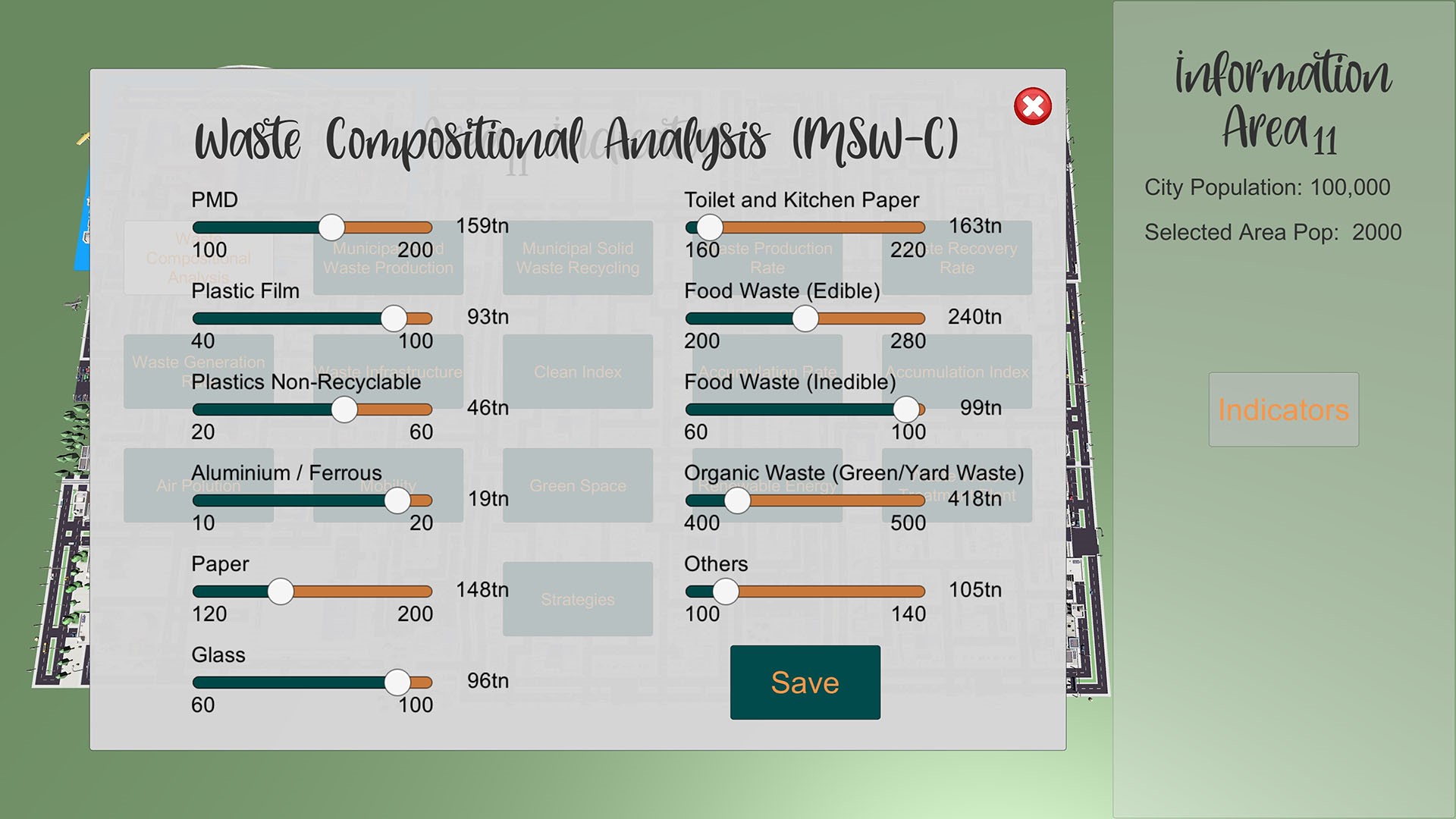
Figure 9. Each area’s waste generation and policy parameters can be altered independently.
The Municipal Solid Waste Production KPI (MSW-P). This KPI does not have any user-configurable categories and is completely independent of MSW-C. This value comes from the division of the total amount of waste divided by the population of the area.
Based on the tool’s randomly-generated amounts (Figure 9) and the population of Area11, (2000):
The result is the same as the calculated one in Equation (15). This result can change in real time when a slider value from MSW-C panel is also changed.
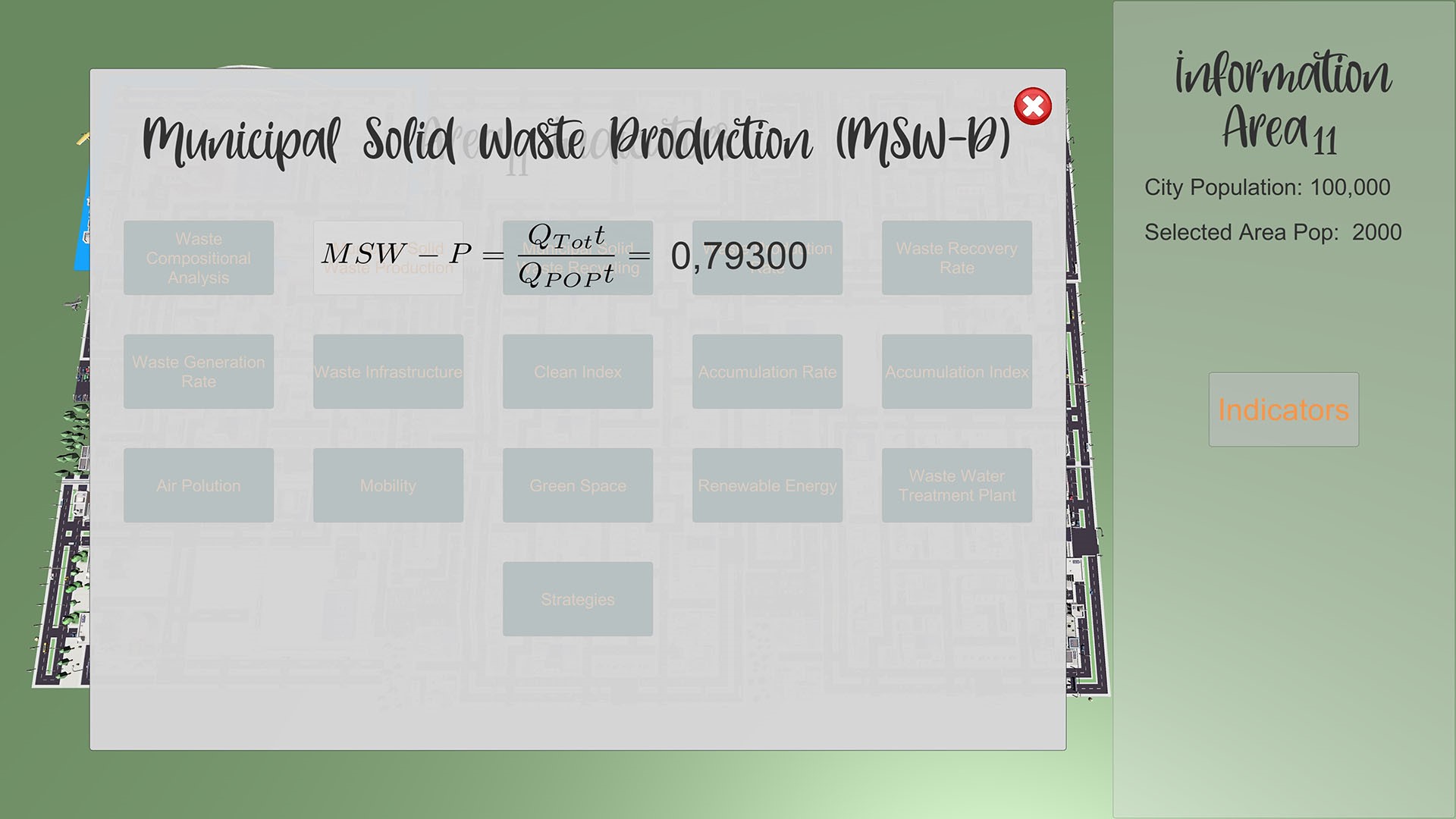
Figure 10. Clicking each metric provides information about how it is calculated, which helps students learn to create effective management policies. These indicators reflect the parameters as identified in Section 3 (note that due to regional differences, the figure shows a comma rather than a period in the numeric text).
These examples are representative of how all models involved in the computation of waste production and management are handled in the game design.
Using these indicators, along with configurable elements thereof, allows individuals to use the game as a means of modelling waste generation and management. Through study and play, users may learn those metrics most affecting waste production and mitigation in order to inform effective policies for diverse scenarios.
With the game created and reflecting the model developed in Section 3, this tool will be used to enable a range of academic studies that will be the subject of future work. Ongoing work will conduct playtesting with diverse constituents, the feedback from which will be fed into a version of the game to be made freely available to researchers (please contact the authors for additional information).
This entry is adapted from the peer-reviewed paper 10.3390/modelling3010003
References
- Ackerman, F. Waste management and climate change. Local Environ. 2000, 5, 223–229.
- Seeberger, J.; Grandhi, R.; Kim, S.S.; Mase, W.A.; Reponen, T.; Ho, S.m.; Chen, A. Special report: E-waste management in the united states and public health implications. J. Environ. Health 2016, 79, 8–17.
- Haupt, T.; Arnold, U.; Bidlingmaier, W. Studien-und Hochschulübergreifender Einsatz Einer Engl.-spr. Multimedialen Urban Infrastructure Development Simulation in der Akademischen Ausund Weiterbildung-MUrIDS (Cross-Study and Cross-University Use of an English Multimedia Urban Infrastructure Deve. Workshop: Multimedia in Bildung und Wirtschaft–Einsatz und Nachhaltigkeit von eLearning, Volume 22, p. 5. Available online: https://his-he.de/fileadmin/user_upload/Publikationen/Projektberichte_alte_Website/Hochschulplanung/hp165.pdf (accessed on 24 October 2021).
- Arnold, U.; Söbke, H.; Reichelt, M. Simcity in infrastructure management education. Educ. Sci. 2019, 9, 209.
- Fernández, P.; Ceacero-Moreno, M. Urban sustainability and natural hazards management; designs using simulations. Sustainability 2021, 13, 649.
- Wu, K.C.; Huang, P.Y. Treatment of an Anonymous Recipient: Solid-Waste Management Simulation Game. J. Educ. Comput. Res. 2015, 52, 568–600.
- Lepe-Salazar, F.; Cortés-Álvarez, T.; Serratos-Chávez, E.; Jáuregui-Flores, L.; Juárez-Cervantes, E.; Valdovinos-López, R.; Rincón-Martínez, D.; la Madrid, R. A Game-Based Service to Mitigate the Risk of Inundations Caused by Solid Waste Accumulation. In Making Smart Cities More Playable: Exploring Playable Cities; Nijholt, A., Ed.; Springer: Singapore, 2020; pp. 279–299.
- Wilensky, U. NetLogo. 1999. Available online: http://ccl.northwestern.edu/netlogo/ (accessed on 24 October 2021).
- de Souza, V.M.; Bloemhof, J.; Borsato, M. Assessing the eco-effectiveness of a solid waste management plan using agent-based modelling. Waste Manag. 2021, 125, 235–248.
- Likotiko, E.; Nyambo, D.; Mwangoka, J. Multi-Agent Based IoT Smart Waste Monitoring and Collection Architecture. Int. J. Comput. Sci. Eng. Inf. Technol. 2017, 7, 1–14.
- Zorpas, A.A.; Lasaridi, K.; Voukkali, I.; Loizia, P.; Chroni, C. Household waste compositional analysis variation from insular communities in the framework of waste prevention strategy plans. Waste Manag. 2015, 38, 3–11.
